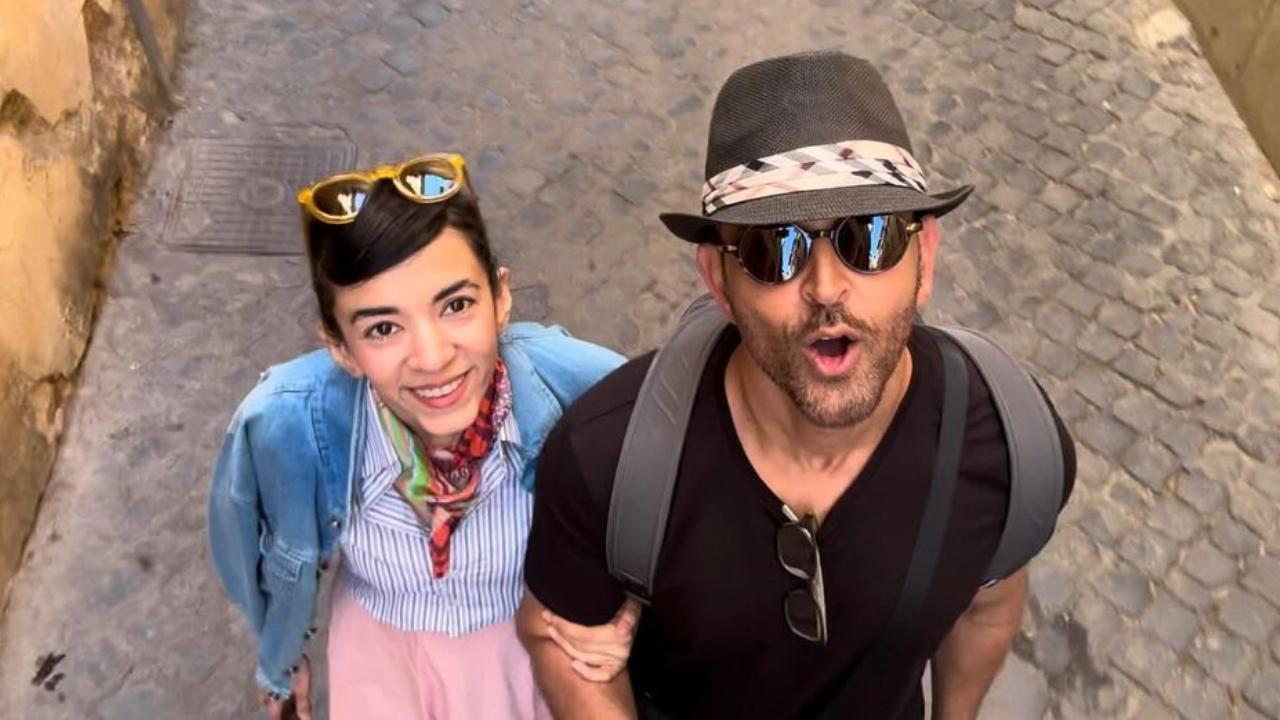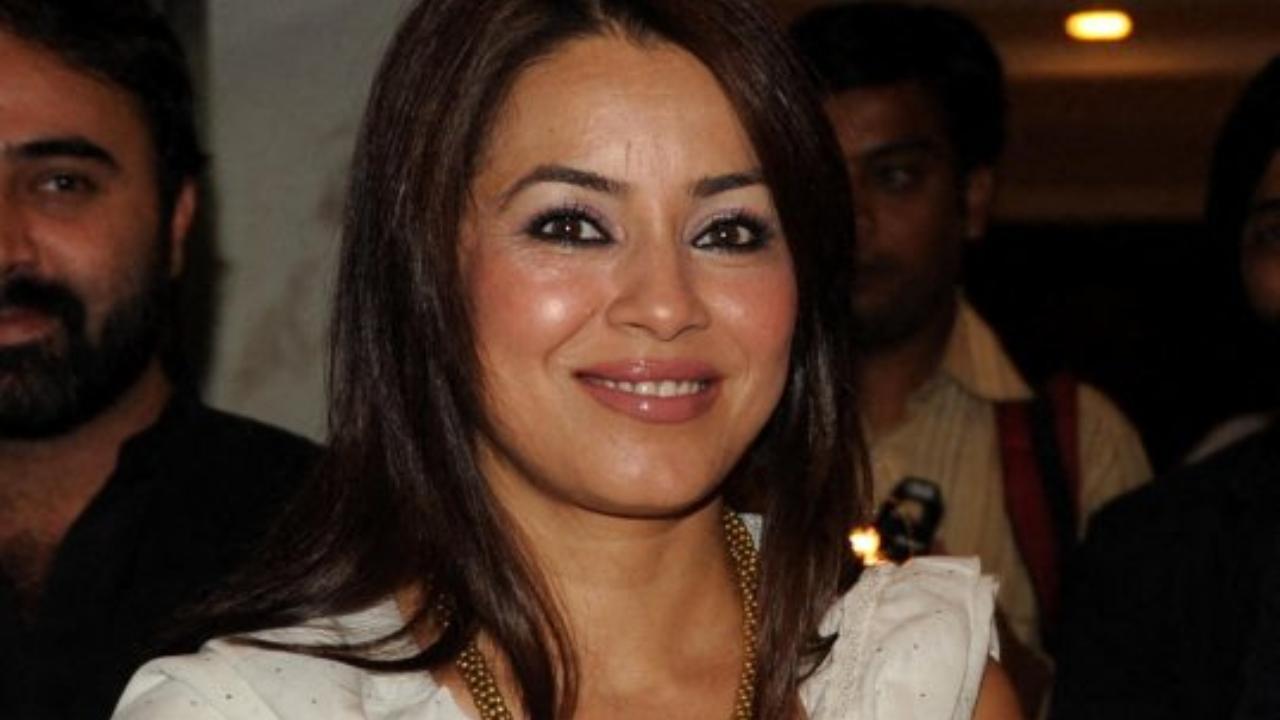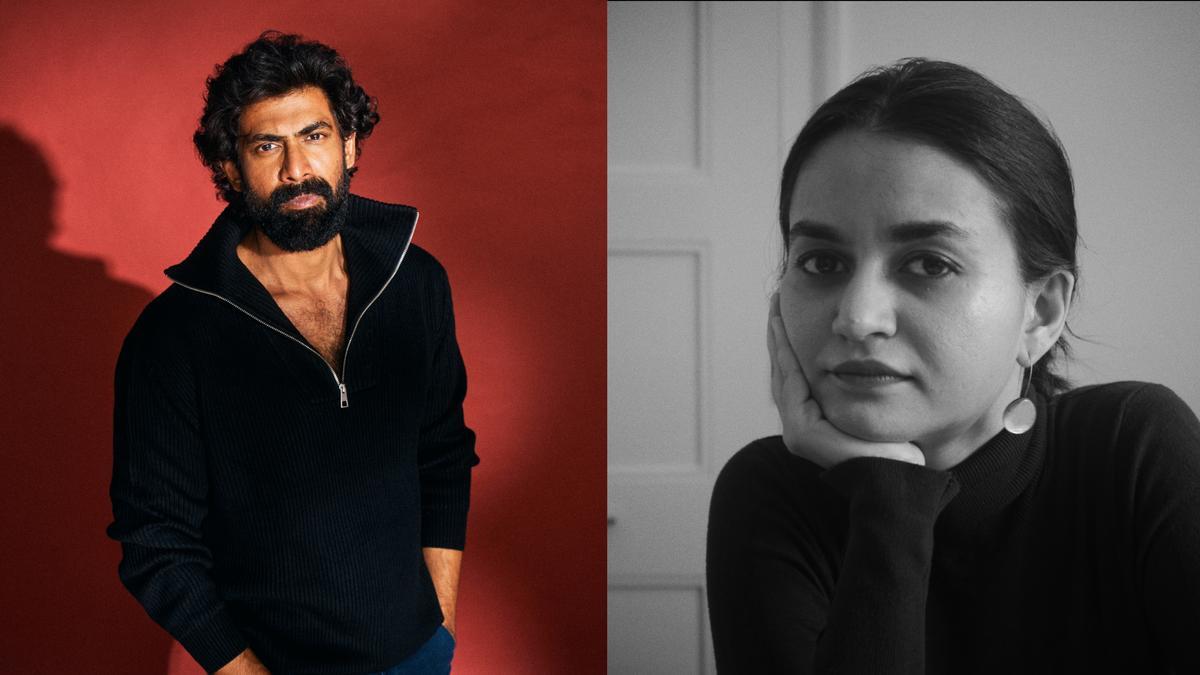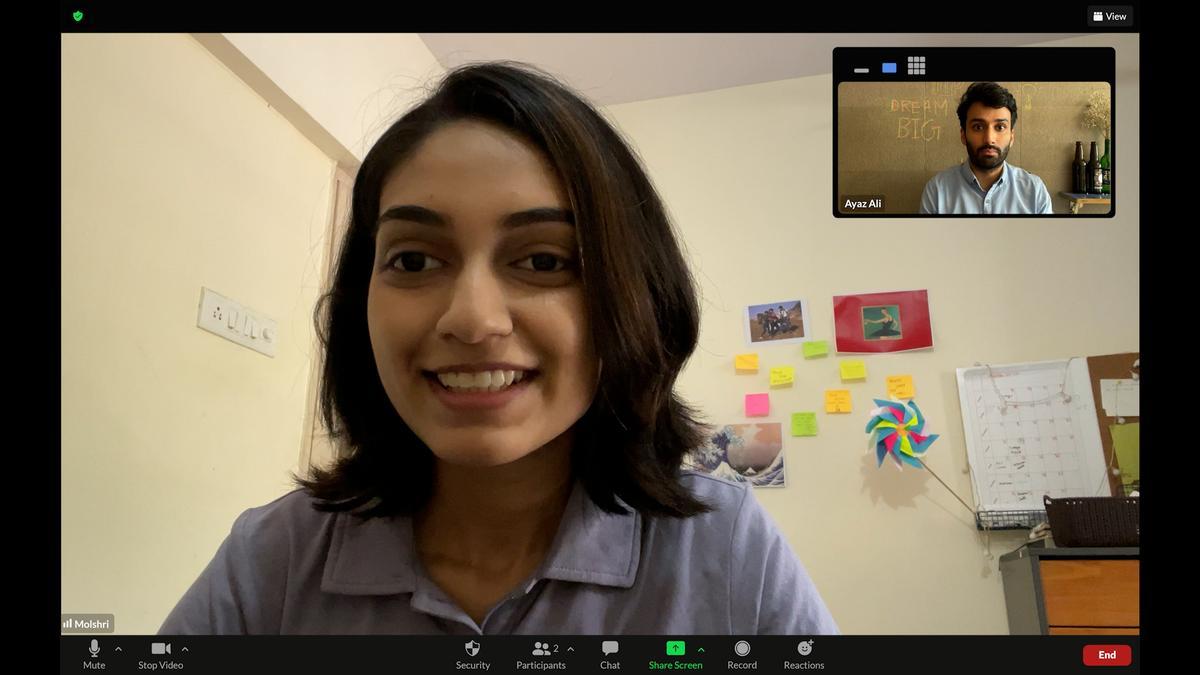
The Saraswati veena, an emblem of India’s ancient classical music, and the santoor, deeply rooted in the folk traditions of Kashmir, are two instruments that rarely share the same stage. However, a recent collaboration brought these contrasting instruments together in a groundbreaking performance. U.S.-based veena maestro Nirmala Rajasekar and Kolkata-based santoor virtuoso Sandip Chatterjee mesmerized audiences in India with a rare jugalbandi (duet) before embarking on an American tour, creating a unique symphony of 100 strings — the santoor’s 93 (with seven strings removed by Sandip) and the veena’s seven strings.
Nirmala Rajasekar, a ninth-generation veena exponent, expressed her excitement about this musical amalgamation. The collaboration echoes a similar concert organized by the Sangeet Natak Akademi with Kannan Balakrishnan and Bhajan Sopori. The concert in Delhi was a well-structured effort to highlight the distinct characteristics of each instrument while blending their sounds to create a harmonious confluence.
The jugalbandi featured Nirmala and Sandip, supported by Ramdas Palsule on the tabla and Thanjavur K Muruga Bhupathi on the mridangam. Their seamless integration showcased the commonalities and the differences between the Hindustani and Carnatic musical traditions, producing a compelling synthesis.
Nirmala’s performance included an ode to Lord Ganesha, “Gam Ganapathe,” where she also sang, although sometimes taking the focus away from the veena. The mridangam provided rhythmic support, amplifying the melodic richness of the piece. In contrast, Sandip rendered a different ‘gat’ in the raga Hamsadhwani, with crisp tabla bols from Ramdas Palsule adding to the intricate tapestry of sounds.
The acoustic contrast between the bass tones of the veena and the light, fluttering tones of the santoor was pronounced. The veena allows a level of movement within notes that the santoor cannot achieve, while the santoor’s dexterity is challenging to replicate on the veena. This contrast was used skillfully by both artists to complement each other’s strengths.
Sandip Chatterjee explained, “My santoor is usually tuned to ‘D’, but I had to change my pitch to play in ‘E’.
.” Nirmala’s veena, being shorter than traditional ones for easier travel, could not be tuned lower than ‘E’. To accommodate this, Sandip cleverly retuned his instrument, making ‘Re’ his ‘Sa’. “This is difficult to sustain in a long concert, but I enjoy challenging myself,” he added.
Sandip’s approach to playing the santoor is unorthodox. While the traditional technique involves holding mallets in both hands, Sandip uses just one mallet and plucks the ‘tarab’ (sympathetic) strings with his other hand, emulating Ustad Vilayat Khan’s handling of the sitar’s sympathetic strings. He explained, “In music, it’s not hard to find a meeting point. My instrument has only two ‘tarabs’; I removed the others as they resonated too much.”
This innovative approach highlights the adaptability and resourcefulness artists often employ to create a harmonious performance, despite the inherent differences between their instruments.
The performance was not merely a display of technical prowess but also an emotional journey for both the artists and the audience. They explored new musical territories, demonstrating that the boundaries between different traditions can be transcended through artistic collaboration.
The audience in Delhi was treated to a unique experience, one that showcased the rich tapestry of Indian classical music through the interplay of these two venerable instruments. An attendee remarked, “It was awe-inspiring to see how two distinct musical traditions and instruments could come together so seamlessly. This jugalbandi has set a high bar for future collaborations.”
Nirmala Rajasekar and Sandip Chatterjee’s jugalbandi stands as a testament to the evolving landscape of Indian classical music. By embracing new ideas while respecting tradition, artists like Nirmala and Sandip are pushing the boundaries of what is possible in the world of music. Their concert, with its blend of the veena’s ancient melodies and the santoor’s pastoral charm, will undoubtedly be remembered as a milestone in the continuing evolution of Indian musical traditions.










